Did you know that globally, an estimated 30,000 websites are hacked each day?
Why? Hackers want to gain access to email lists, place spammy ads on your website or embed malicious code that diverts website traffic to another destination.
This staggering statistic underscores the importance of protecting your website against cyber threats. Fortunately, there are measures you can take that can help protect your website and sensitive data from malicious hackers.
Here are eight ways you can bolster your website security and keep threats at bay.
1. Make Sure You Have an SSL Certificate: Your website needs a “Secure Socket Layer” (SSL) which essentially forms a preventative cocoon around your website to thwart most attacks. When you look at your URL, it should start with “https” in the string. The s means you have a secure socket layer installed.
2. Regularly Update Plugins and Software: Ensure that your website’s content management system (CMS), themes, and plugins are always up to date. Developers frequently release updates that patch security vulnerabilities. Outdated software can be an easy target for attackers.
3. Use Strong, Unique Passwords: Encourage users and administrators to create strong, unique passwords. Consider implementing a password policy that enforces a combination of upper and lower-case letters, numbers, and special characters. Using a password manager can help users generate and store complex passwords securely.
4. Implement Two-Factor Authentication (2FA): Enable 2FA for user logins whenever possible. This adds an extra layer of security by requiring users to provide a second authentication method, such as a one-time code sent to their mobile device, in addition to their password.
5. Regular Backups: Perform regular backups of your website’s data and files. If your website gets compromised, you can quickly restore it to a clean state. Ensure that backups are stored securely, preferably offsite, and regularly test the restoration process.
6. Install a Web Application Firewall (WAF): A WAF can help protect your website from various online threats, including SQL injection, cross-site scripting (XSS), and other common attack vectors. It filters incoming traffic and can block malicious requests before they reach your web server.
7. Monitor and Log Activity: Set up monitoring and logging for your website. Keep an eye on suspicious activities, such as multiple failed login attempts or unusual traffic patterns. Monitoring can help you detect and respond to security incidents quickly.
8. Regular Security Audits and Vulnerability Scanning: Conduct regular security audits of your website’s code and infrastructure. You can also use automated vulnerability scanning tools to identify potential weaknesses. Address any issues or vulnerabilities promptly to minimize the risk of exploitation.
If you put these eight strategies into practice you’ve taken a significant step toward protecting your online assets and reputation. However, maintaining robust website security can be a complex task.
Here at IN2communications, we provide comprehensive website security solutions just like these for our clients every day. Our team is dedicated to ensuring your website remains safe from the ever-growing threats of the digital world.
Contact us today to learn how we can help keep your online presence secure and thriving.
About IN2communications
IN2communications is an award-winning digital marketing and web design agency helping hundreds of B2B organizations create awareness, boost consideration rates and generate sales leads.
Our awesome team provides experienced expertise in the following areas: Creative Strategy, B2B Campaigns, Web Development, Video Production, Social Media, Paid Advertising, SEO, Email Campaigns, Blogging, Presentations, Webinars and remarkable Content Creation.




